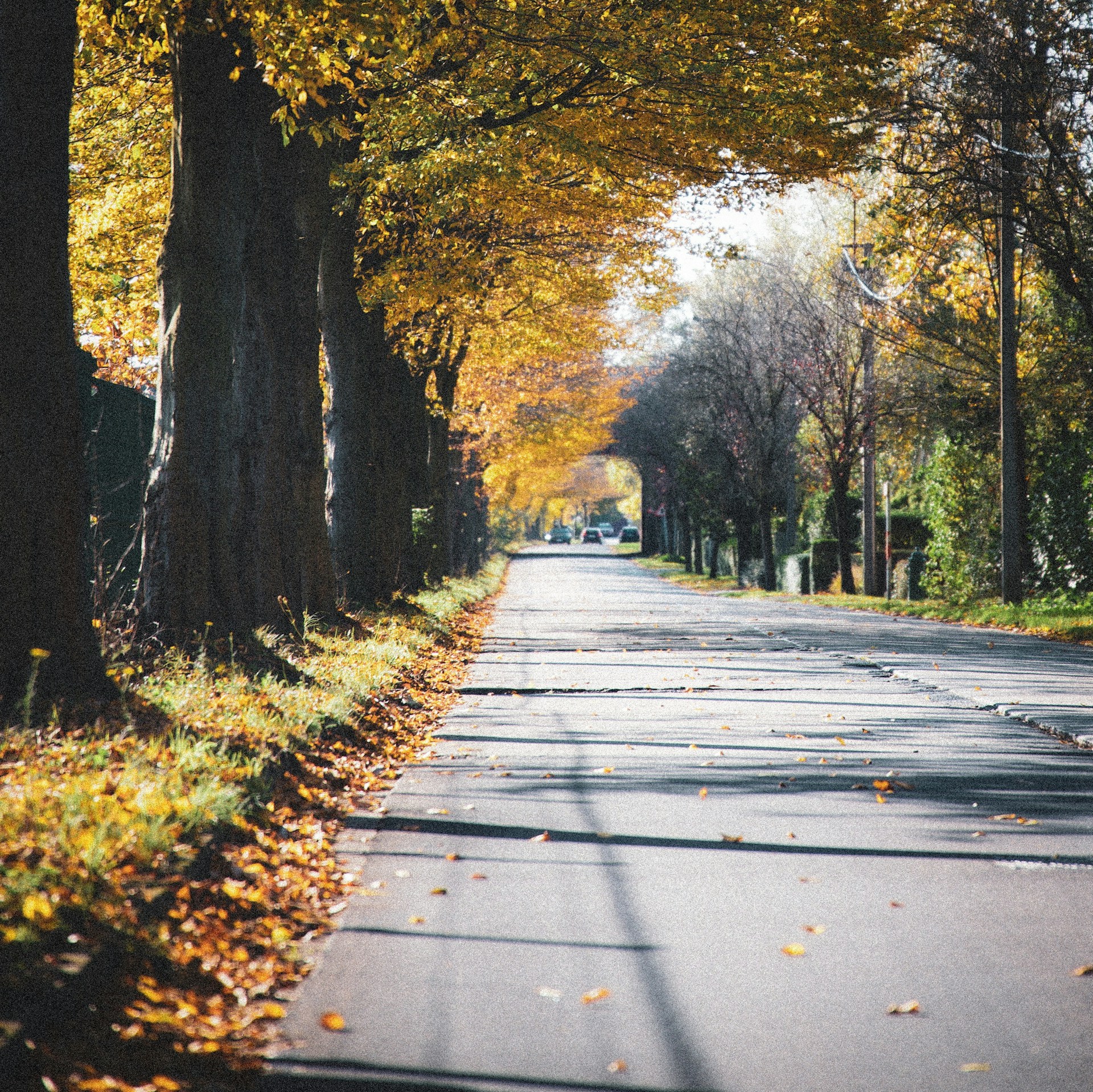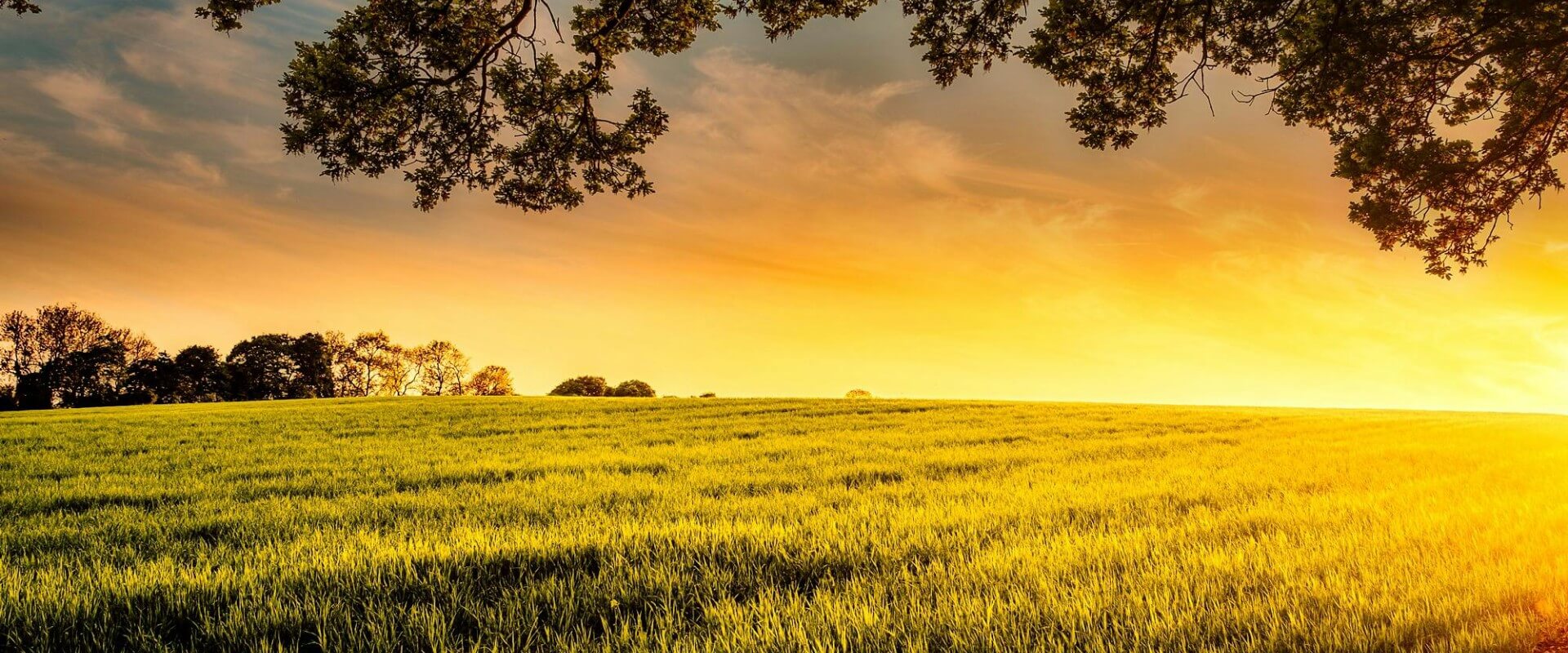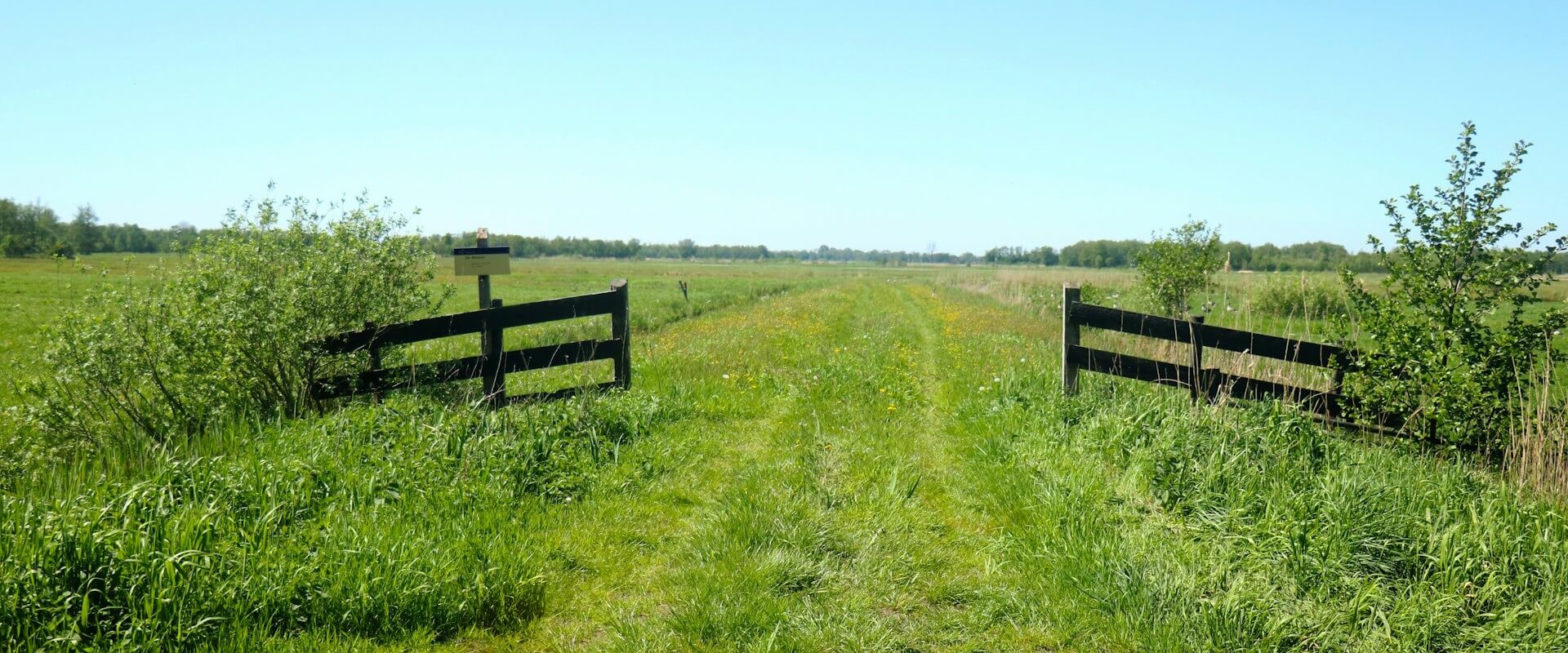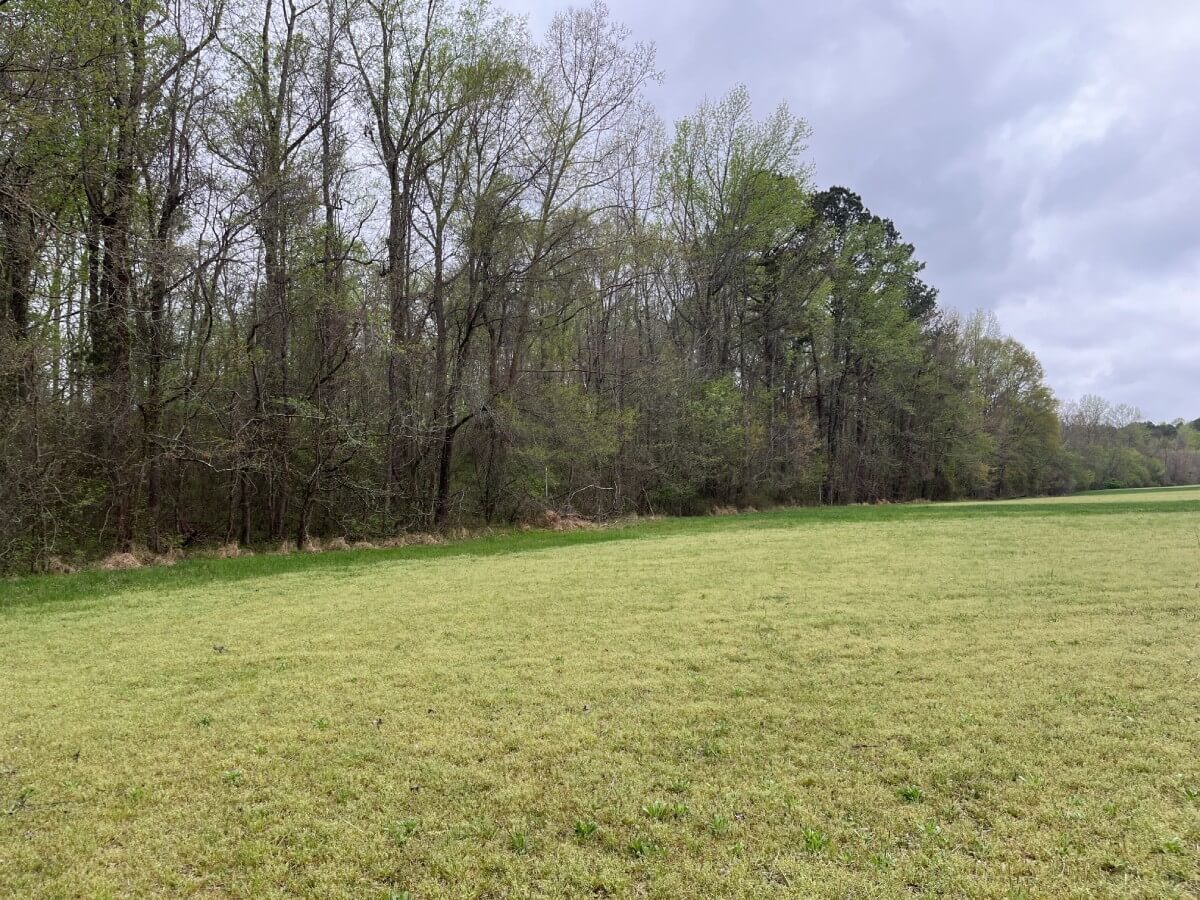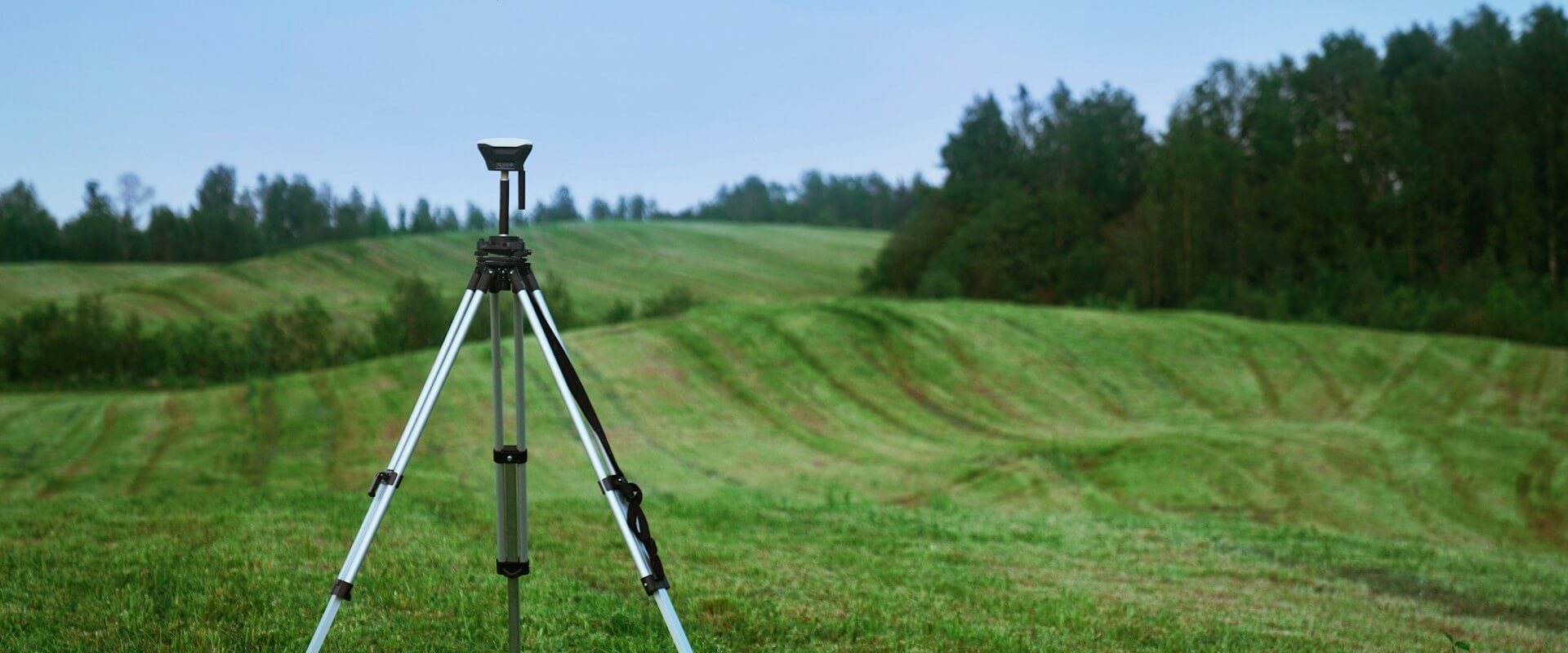In the realm of real estate, a green landscape can significantly enhance the value of a property. Beyond mere aesthetics, trees play a pivotal role in shaping the economic landscape of residential and commercial areas.
Drawing insights from various sources, we explore the benefits trees offer: the increase in property value, the reduction in living costs, and commercial enhancement.
Increase Property Value
Trees aren't just ornaments; they're investments. Strategically planted trees can elevate property values by a noteworthy margin. The PA Library indicates that mature trees can boost the value of a property anywhere from three to seven percent.
But depending on the neighborhood, trees may provide an even more significant boost to home values. High-income neighborhoods with mature trees saw an average of ten to 15 percent higher prices than less affluent areas.
These price increases aren’t merely a result of visual appeal; instead, they’re rooted in the numerous benefits trees provide. These benefits include:
- energy savings
- enhanced curb appeal
- improved air quality.
From the study previously cited by Homes & Gardens, we can better understand the correlation between trees and property values.
Trees serve as natural insulators, reducing the need for artificial heating and cooling systems, thus appealing to environmentally conscious buyers. If trees are well-positioned and properly maintained, they can create a desirable ambiance, fostering a sense of tranquility and privacy.
Trees Absorb Carbon Dioxide
Another reason homes with mature trees are desirable and, therefore, come at a higher price tag is health.
Each person in the U.S. produces 2.3 tons of carbon dioxide yearly and half of this is from vehicles. One acre of trees absorbs approximately 2.6 tons of carbon dioxide.
With chronic lung illnesses, like asthma, on the rise, homes with abundant mature trees are becoming more desirable for health reasons.
Saving Trees in New Developments
Many land planners and managers feel tree protection is expensive. But there are potential high market values to saving mature trees as treed lots are more valuable than lots without trees.
For example, building a lot with substantial mature trees will provide an 18 percent higher return than those that don’t have trees. While open land that is two-thirds wooded increases the price by 37 percent.
Reduce Utility Bills
Trees aren't just pretty assets for homeowners; they impact rising utility bills. The shade trees provide offers a natural form of insulation, shielding properties from the scorching sun during summer months and reducing cooling costs.
Deciduous trees planted along the south and west-facing walls reduce heat during the summer. But they allow radiant heat in the winter.
Additionally, trees act as windbreaks, mitigating the impact of harsh winds and lowering heating expenses during colder seasons.
One report from the PA Library underscores the multifaceted benefits of shade provided by trees. For example, trees can decrease the need for air conditioning by 50 percent.
Trees create cooler microclimates and contribute to improved public health outcomes. They reduce the risk of heat-related illnesses and enhance overall well-being.
From lower energy bills to a more comfortable living environment, tree shade has an economic advantage.
Trees Enhance Commercial Establishments
Trees don't just enhance the value of residential properties; they also elevate the appeal of commercial establishments. Trees have a role in shaping urban landscapes and influencing consumer behavior.
A well-landscaped environment, characterized by the presence of trees, fosters a sense of community and encourages patrons to spend more time and money.
Whether it's a tree-lined boulevard or a leafy plaza, green spaces contribute to a vibrant retail ecosystem where businesses thrive and property values increase.
Conclusion
Trees are more than just natural embellishments; they're economic powerhouses with the potential to transform the real estate and retail landscape.
From enhancing property values to reducing living costs, the benefits of trees are far-reaching and multifaceted.
As we navigate an era marked by environmental consciousness and economic prudence, investing in trees isn't just a matter of aesthetics—it's a strategic decision with tangible returns.
So, the next time you're considering property enhancements or retail revitalization, remember the green investment trees offer—it's an investment in a greener, more prosperous and healthier future.
About the Author
Sam Warnock brings in-depth experience with ecosystem services, natural capital accounting, and environmental regulations based on his time spent in the private environmental sector and his education. His experience stems from projects related to regulatory permitting, chemical analysis, and EPA compliance. He has overseen a broad range of projects across the globe with a focus on environmental sustainability.
Learn MoreWe are a trusted partner for landowners to integrate conservation into their long-term strategy
Learn More

